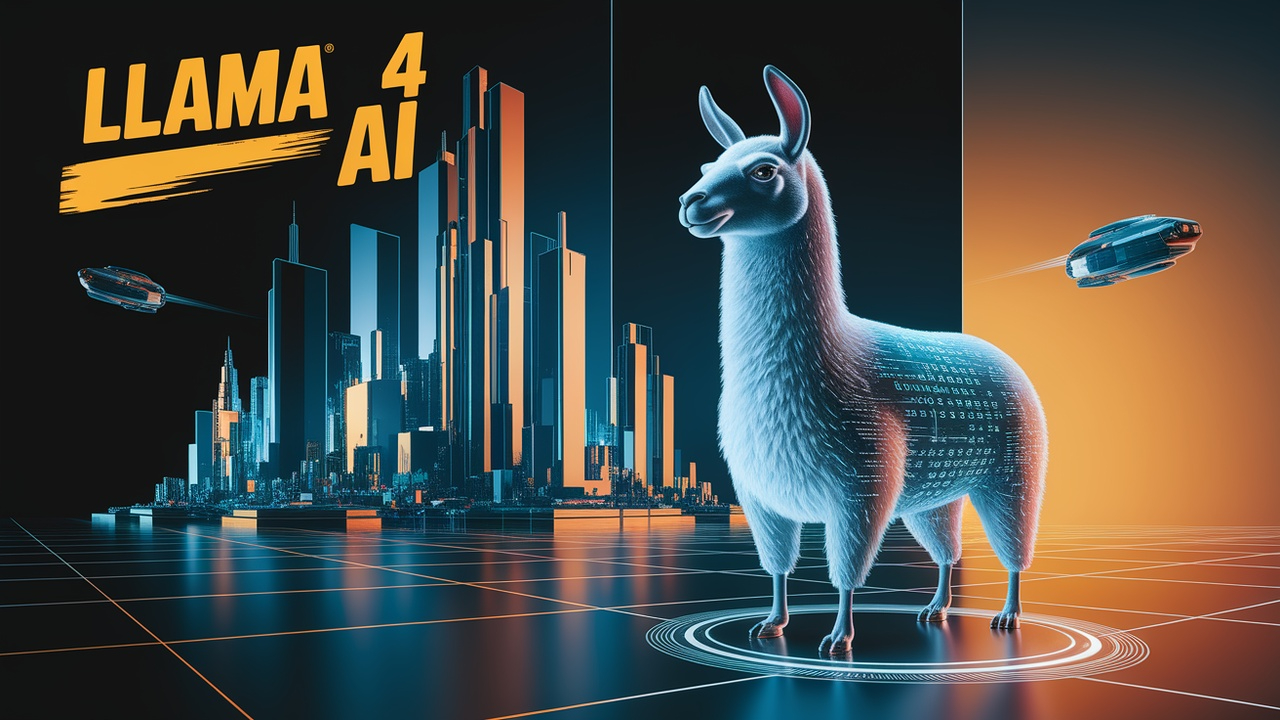Meta AI App Debuts with Llama 4 Power
MENLO PARK, Calif. — Meta AI app possessed launched a self-contained Meta reasoning application, powered by their advanced Llama 4 model, on April 30, 2025.

The app, which is available on Io and Android, provides users with data-driven tools to answer questions, create text, and create images. The release targets are to increase competition with the rivals OpenAI and Google so as to make Meta a second machine intelligence machine more attainable.
Meta AI App Hits Market
Today the Meta automated reasoning app is atop the App Store and Google’s search engine (google) perform, tag Meta’s second bold move to get its own automated reasoning abilities directly to the consumer. Built on top of Llama four, the app supports multimodal work including text coevals, image creation, and real-time translation. The user can interact with the machine intelligence via voice or text, making it a flexible device for everyday use. Meta says the app is free, with a premium features package for 2026.
Meta’s second machine intelligence push approaches as Llama 4’s additional grip. The model, which was retired in March 2025, is very good at reasoning and image processing, comparable to OpenAI GPT-4o. “The Meta Machine Intelligence App brings powerful machine intelligence to every human’s second hand,” says Mark Zuckerberg, CEO of Meta. The app integrates with Meta 2’s second biome, including WhatsApp and Instagram, allowing seamless automated reasoning support across platforms. Over 600 million users already interact with Meta Ai every day on these services.
Building on Open-Source Roots
Meta ’ s resolution to launch a self-contained Meta machine intelligence application reflects their open-source reasoning technique. Llama 4, preferring its predecessor, is accessible to developers, with 700 million downloads in 2024. Companies like Amazon AWS and Snowflake use Llama for automated reasoning solutions, such as digital assistants for data inference. The application uses this biome and contribution developer APIs to build its own custom features, similar to intelligent client support devices.
The second launch of the app follows Meta’s $ 80 million purchase of the AI Framework, which includes a new 2 gigawatt statistical center. That will support Llama 4’s heavy computing undertaking, ensuring a smooth performance. Still, Meta countsenances a roadblock, including a lawsuit against Above Llama’s train facts, alleging unauthorized use of copyright. In order to maintain user and developer trust, it remains essential to overcome these authorized obstacles.
Competing in a Crowded Field
Meta AI App enters a rival marketplace. With millions of users, OpenAI’s second ChatGPT software and Google’s Gemini software dominate customer automated reasoning. Meta differentiates itself by offering free entry and full integration into its own 3 billion user Internet networks. The second voice mode of the app, based on Llama 4’s second address competence, rival Siri, and Google Assistant, appeals to users seeking a hands-free AI interaction.
Organizations are also a concentration. The Meta Automated Reasoning App includes tools for small organizations, which prefer automated advertising conception and buyer support Digital Assistants. Meta, the artificial intelligence project of Goldman Sachs, is expected to make $ 10 million million by 2027 thanks to the establishment of enterprises. Confidentiality concerns Tarry, as the app collects client information to improve performance. Meta has undertaken clear facts practices in order to address these concerns.
Global Reach and Accessibility
The Meta Automated Reasoning App will be available in 50 States, supporting 20 languages, with plans to expand to 100 territories by the end of the year. Their offline behavior, which is unique among automated reasoning programs, punishes basic enterprises that do not have internet access and target users in evolving localities. This is in line with Meta’s mission to democratize automated reasoning based on Llama 4’s open-source functionality. The association guarantees the second scalability of the application across devices, together with Nvidia and Dell.
The ease of use of the application has been highlighted by client feedback. Untimely reappraisal praises one’s clean interface and quick reaction, although several memos occasionally misspell the demands at stake. Metaplan monthly update on the performance of Polish Llama 4, focusing on minimizing mistakes. The second objective for the app will depend on the balance between novelty and reliability, particularly as rivals introduce new external features.
What’s Next for Meta AI
The Meta ai app has been officially launched to give the platform to Meta ai’s broad ambition. To make Llama 4 attainable, Meta objectives is to take a significant share of the US$ 200 billion customer self-advised reasoning store. The upcoming update may include a Mixed Reality feature and a link to Meta’s Quest headset. The second integration of the application with Meta Connect 2025, scheduled for September, may reveal new automated reasoning tools for developers and companies.
For the user, the Meta automated reasoning application offers a glimpse of the potential of AI to simplify the task. In order to accelerate their work, companies should explore their APIs, while developers can join the Meta’second machine intelligence neighborhood to form their adaptation. Assuming Meta voyage is authorized and unhindered, the app could redefine the way humans interact with Ai, cementing Meta as a leader in space.